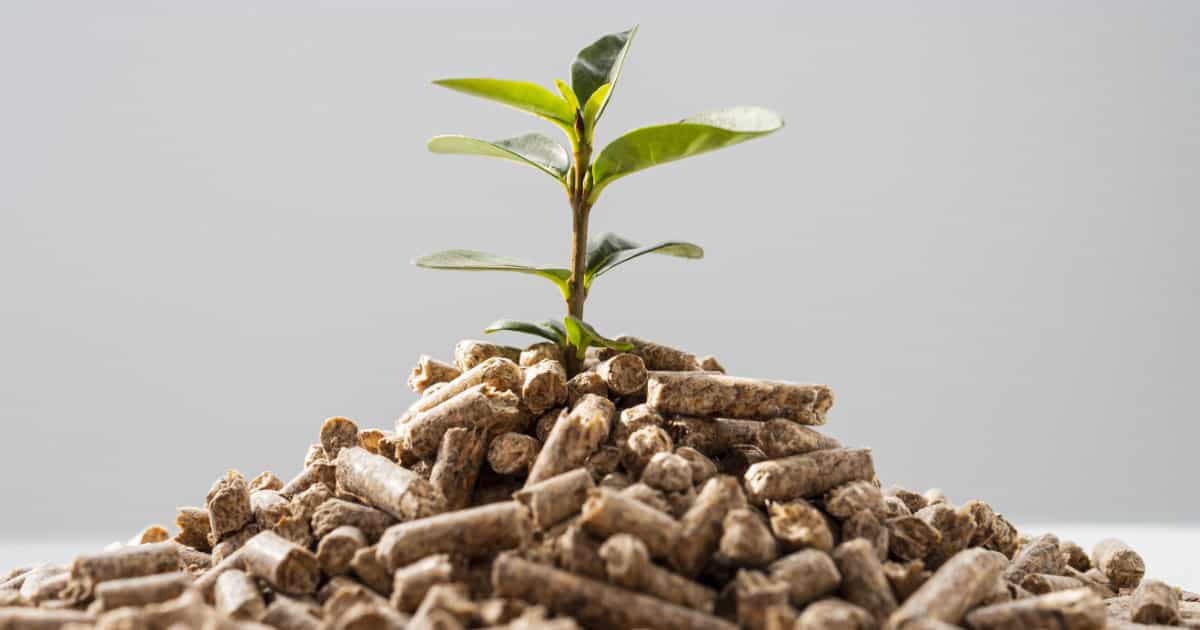The various types of biomass play a pivotal role in our ongoing pursuit of renewable and sustainable energy solutions. Their broad availability and diversity are a testament to their potential, providing a rich array of clean energy sources. Examining the various biomass types more closely, we find an impressive variety, each with unique properties and potential applications. In the following sections, we will examine the various biomass types more closely, giving you a clear understanding of their significant contributions to sustainable energy and the abundant opportunities they present.
Table of Contents
Definition of Biomass
Biomass, in the context of energy, refers to organic materials from living or recently living organisms that store energy from the sun. This energy can be released through various processes, transforming biomass into usable heat or electricity. Carbon neutrality is often associated with biomass, as it absorbs carbon dioxide during its growth, offsetting the emissions during energy production.
Types of Biomass
Wood Biomass
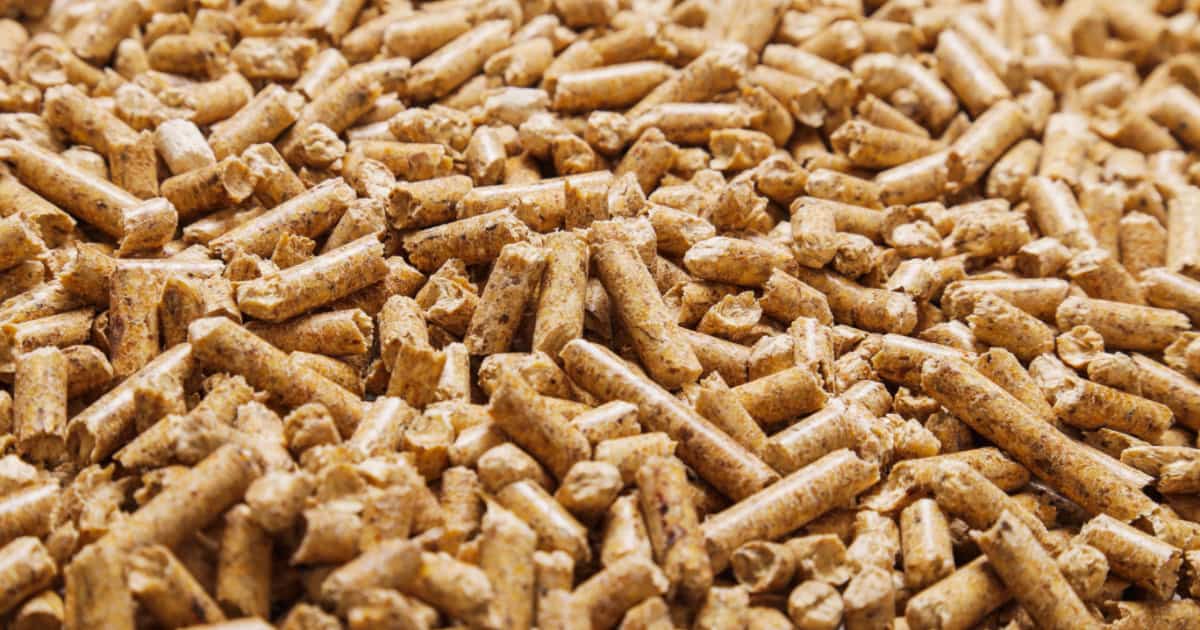
Wood biomass is one of the most traditional and common sources of biomass energy. Derived primarily from trees and woody plants, the energy potential of wood biomass lies in its moisture content and density. Typically, denser woods, like hardwoods, provide more energy than less dense ones, like softwoods.
These woods often undergo processing to become compact pellets. Wood pellets, high in energy content and easy to store, have become popular in the biomass industry. Their ease of combustion and reduced smoke production make them a preferred choice for heating applications.
Agricultural Crop Biomass
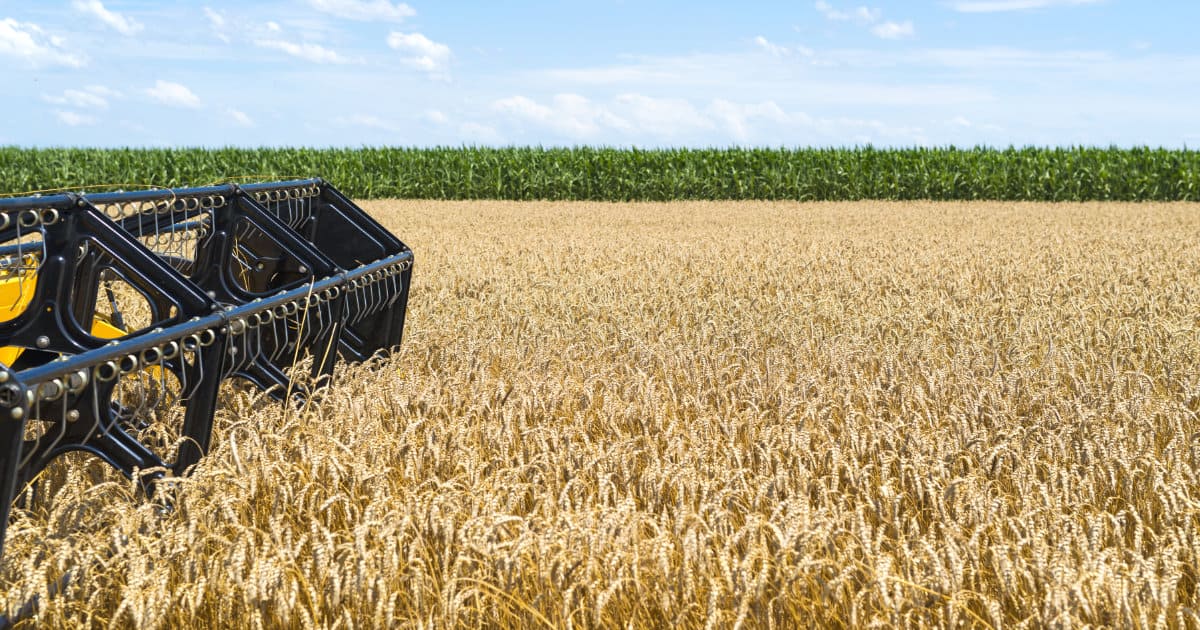
Agricultural crops, such as flax, corn, wheat, and soybeans, are another significant source of biomass. Certain crops, like switchgrass, are specifically cultivated for biomass because of their high energy content and rapid growth. It’s interesting to note that the energy potential of these crops is often determined by their dry weight, with a higher weight indicating more energy.
However, the use of agricultural crops for biomass brings up ethical concerns. As global food security becomes increasingly important, balancing agricultural land use between food crops and energy crops is a complex issue.
Waste from Food Crops

A subset of agricultural biomass is the waste from food crops, such as corn stalks, wheat straw, and rice husks. Using this type of biomass for energy extraction is an ingenious way of addressing two challenges at once: biomass supply and waste management. However, the efficiency of this process is influenced by the method of waste collection and extraction.
Manure Biomass
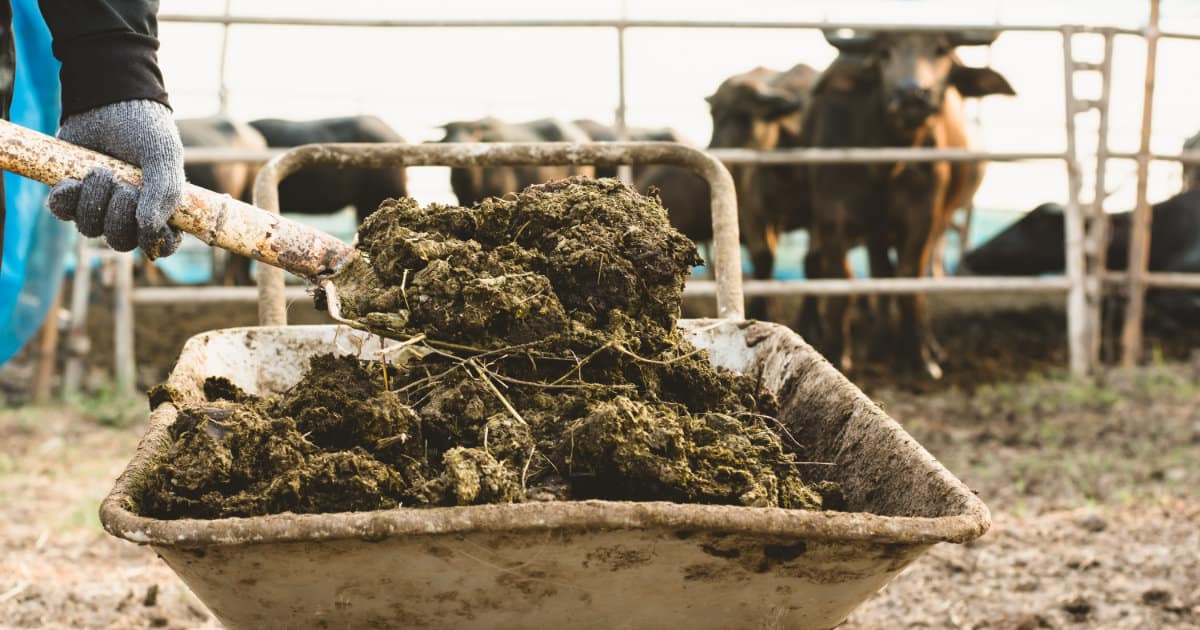
Although not the most appealing source, manure serves as a valuable biomass resource. Using a process called anaerobic digestion, where microorganisms break down organic matter in an oxygen-free environment, we can extract energy from manure. The result is a methane-rich biogas that can be utilized for heat and electricity.
Human Waste Biomass

Human waste is another potential source of biomass, though it raises sanitation and ethical concerns. Technological advancements are enabling us to overcome these challenges and harness the energy potential of human waste. This can be achieved by transforming the waste into biofuel or using it in microbial fuel cells.
Algae Biomass
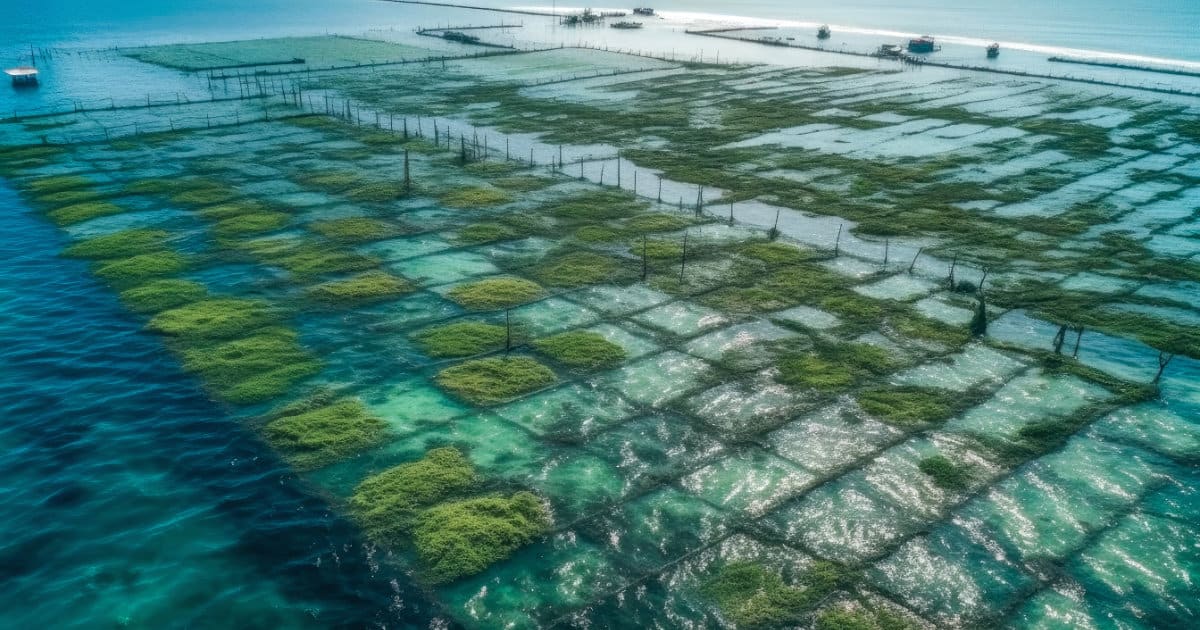
Finally, algae, while less conventional, present significant promise as a biomass source. Algae can generate high energy yields, sometimes up to 50 times more per acre than land crops. Current technologies for cultivating and harvesting algae are still developing but hold immense potential for future biomass energy production.
Primary and Secondary Biomass
Biomass is also categorized as primary or secondary. Primary biomass is obtained directly from plants and animals, while secondary biomass comes from waste products. The use of waste-derived biomass, such as agricultural residues or food waste, can help make biomass energy production more sustainable and efficient.
Future Outlook and Technological Developments

The world of biomass energy is constantly evolving. Ongoing research and technological advancements are improving the efficiency and sustainability of biomass energy production. From genetic engineering for higher-yielding biomass crops to advancements in conversion technologies, the future of biomass looks bright.
Challenges and Limitations of Biomass
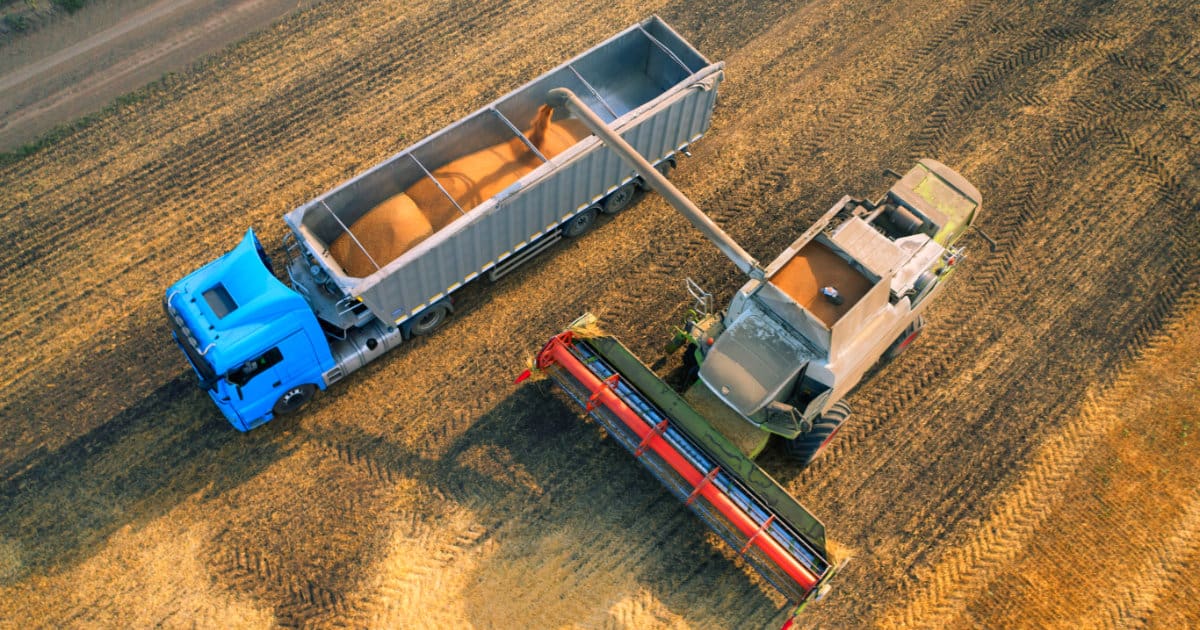
Despite the vast potential of biomass, it’s not without challenges. Technical obstacles related to biomass cultivation and conversion exist, as well as broader sustainability concerns. For instance, logistical difficulties in collecting and transporting biomass, especially from distributed sources like agricultural waste, remain a significant hurdle.
In conclusion, the types of biomass are diverse, ranging from traditional wood to unconventional sources like algae. Each has unique characteristics, potentials, and challenges. Understanding these different types of biomass can help us leverage their potential more effectively, contributing to a more sustainable and renewable energy future.
Frequently Asked Questions About Types Of Biomass
The most common types of biomass include wood biomass, agricultural crop biomass, and waste from food crops. Wood biomass, derived from trees and woody plants, has been a traditional source of biomass energy. Agricultural crop biomass comes from crops such as corn, wheat, and soybeans, while waste from these food crops, like corn stalks and wheat straw, are also harnessed for energy. Each type has unique characteristics and energy potentials.
Primary and secondary biomass refers to the source from where the biomass material is obtained. Primary biomass is derived directly from plants and animals, such as trees, crops, and manure. Secondary biomass, on the other hand, is obtained from waste products, such as agricultural residues, food waste, and even human waste. Utilizing secondary biomass not only provides an energy source but also offers a solution to waste management issues.
Sources
DOE Bioenergy Technologies Office: Website
Library Of Congress: Website
National Renewable Energy Laboratory: Website
